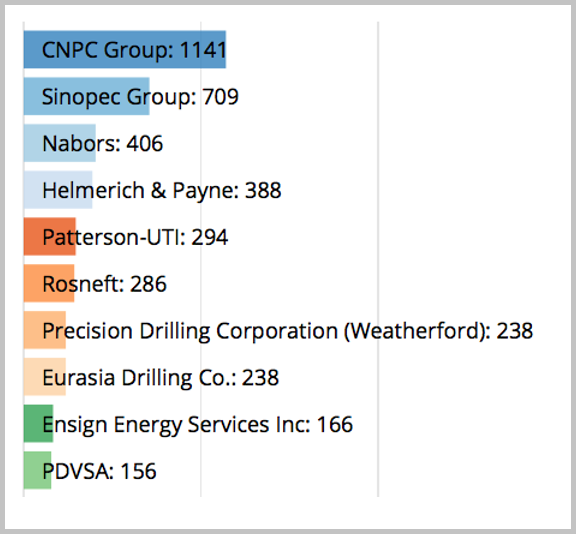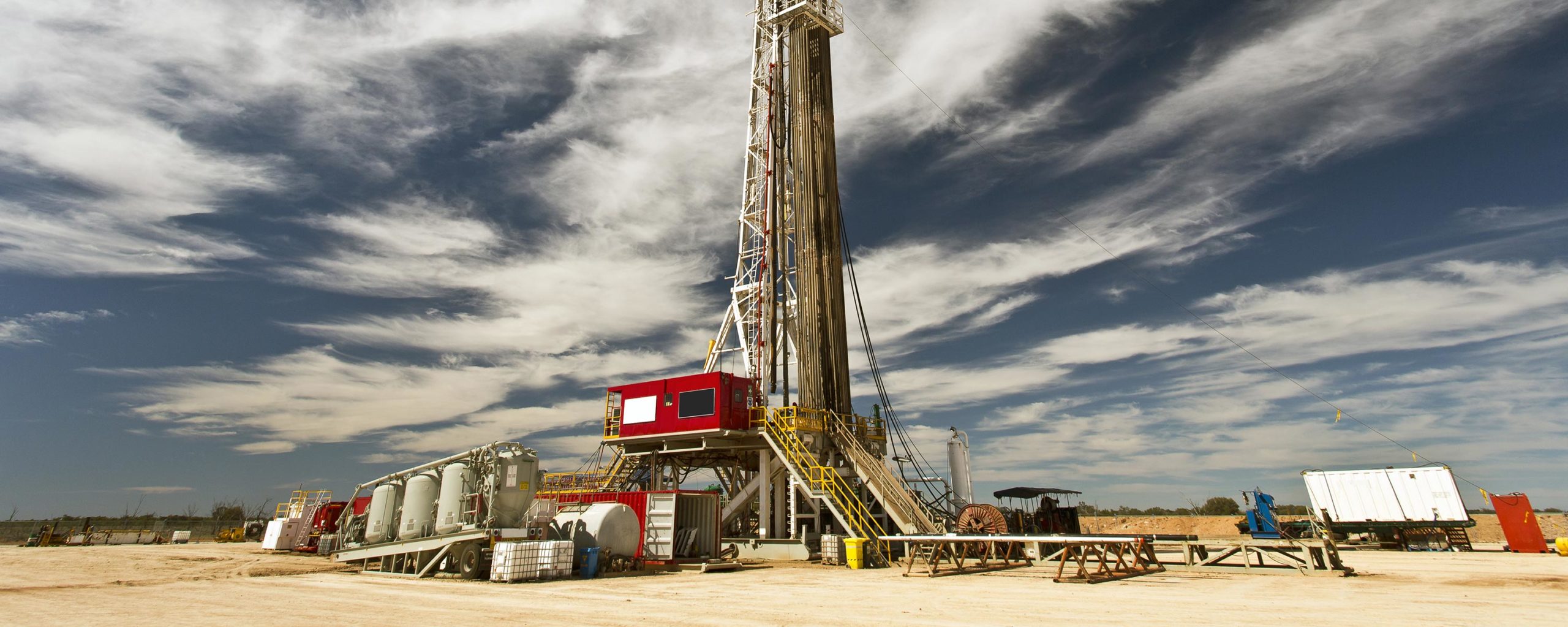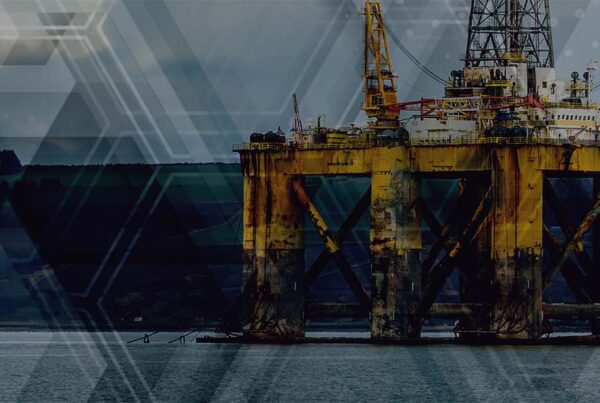17th August 2017
Land rigs – a fragmented, undisciplined, commoditised market? Why would rig contractors and E&P companies buy land rigs when oil prices are at recent historic lows, E&P firms are reigning-in Capex and there is seemingly an awful lot of idle rigs and equipment stacked in yards (or worse, in the field) globally?
Yet that is exactly what is happening, both in US markets and internationally. In December 2016, Patterson-UTI merged with Seventy Seven Energy Inc, creating a business with over 200 high-spec rigs and over 280 rigs in total. In Russia, Schlumberger this year completed the acquisition of the country’s largest land driller, Eurasia Drilling Company (EDC), and last year operator Rosneft acquired Targin Drilling.
Are these opportunistic, bottom-of the-cycle acquisitions, timed to pick up assets at discount pricing? Or is something else happening in the market?
The common factor linking these deals is rig specification, and a bifurcation of the land rig market into distinct sub-sectors. The drive, both in the US and internationally, for wells with longer laterals and multiple wells, efficiently drilled from larger pads creates demand for high-horsepower, modern AC rigs that can minimise time between each well.
The market splits therefore, into a large volume of older, mechanical or DC rigs which are lower-spec and arguably compete in a fragmented and largely un-differentiated market, and a premium segment of the market where a much-smaller number of top-tier contractors compete on the basis of having the best rigs, the best crews and significant scale improving their ability to meet client requirements. This premium segment competes less on cost and more on value of the high-spec rigs with industry leading equipment and technology.
In the US, “spudder rigs” emerged as operators contracted the older, mechanical or DC rigs to drill the vertical portion of the well to save drilling costs. This practice started in the Bakken shale play and later moved across the entire US.
The three deals referenced above were attractive to the buyers because they were expanding their position within the top-tier rig market. Whilst, the Patterson-UTI deal was undoubtedly well-timed in terms of the cycle, and the distressed position of Seventy Seven Energy at the time, it also created, according to Westwood’s Global Land Rig online data, the world’s third-largest rig contractor and fifth-largest owner of rigs.

Global Land Rig Count by Owner, Westwood’s Global Land Rig Tool
Many E&P companies continue to maintain in-house drilling and OFS capabilities such as CNPC, Sinopec and Rosneft. It is worth noting that nearly 260 of Rosneft’s rigs are rated at greater than 1,500HP and only Helmerich & Payne (H&P) owns more rigs in this category.
Some E&P companies have, of course, chosen to sell off their drilling businesses in the past, with the aim of rationalizing their business and creating a competitive supply chain for the provision of rig & crew services. The EDC business emerged from Lukoil in 2004 and subsequently listed on the London Stock Exchange in 2006. It has since become the world’s eighth-largest land rig contractor.
Westwood’s work supporting international land rig M&A has involved extensive on-the-ground primary research and as a result we now hold data on over 14,000 rigs, of which 8,100 current rigs now feature in our online tool. We have supported the world’s largest NOCs and several IOCs with identifying rig fleets and assisting with rig tendering.
Rig and crew services remain a highly-significant part of the supply chain. Access to the best rigs is critical for operators to economically unlock reserves, and recent M&A is creating a consolidated top-tier of ‘best-in-class’ contractors who are able to meet the challenges of safe and efficient hydrocarbon drilling in a low oil price environment.
Steve Robertson, Head of Research, Global Oilfield Services
[email protected] or +44 (0)1795 594734
For more information on our Global Land Rig online tool, please contact Gareth Hector.
For information on how we support global land rig M&A, please contact Arindam Das.




